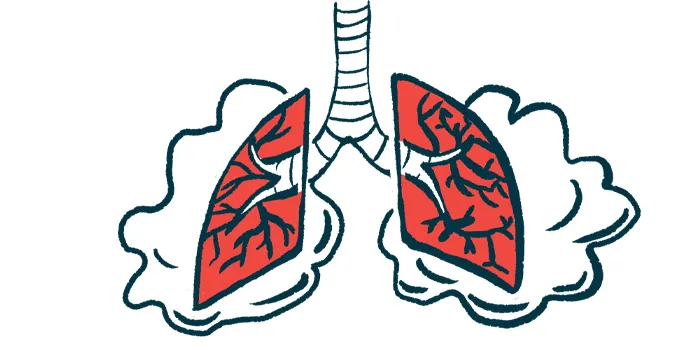
Breakthrough in Prostate Cancer Treatment: Short-Term ADT Plus Radiotherapy Boosts Survival Rates!
2024-09-30
Introduction
Recent research has unveiled compelling evidence that combining short-term androgen deprivation therapy (ADT) with high-dose radiotherapy can significantly enhance disease-free survival for patients battling intermediate and high-risk prostate cancer. This groundbreaking study, presented at the American Society for Radiation Oncology (ASTRO) 2024 Annual Meeting in Washington, D.C., marks a significant step forward in prostate cancer treatment protocols.
Study Overview
Led by Dr. Nicolas Demogeot from the Lorraine Cancer Institute in France, the GETUG 14 phase 3 randomized trial evaluated the efficacy of combining short-term ADT with high-dose radiotherapy (administered at 80 Gy) compared to standard high-dose radiotherapy alone. The study addressed a notable gap in clinical research concerning treatment strategies for localized prostate cancer, particularly for those at higher risk.
Findings and Results
The findings are striking. During the trial, 376 participants were randomly assigned to either the combination treatment group (which included ADT for four months) or the radiotherapy-only group. Primary outcomes measured included disease-free survival, overall survival, biochemical failure, metastasis failure, and a thorough evaluation of tolerance and quality of life post-treatment.
After a median follow-up of 84 months, the results were impressive: the group receiving ADT alongside radiotherapy achieved a disease-free survival rate of 84%, compared to just 76% for those receiving radiotherapy alone. This remarkable statistic indicates a 36% reduced risk of disease recurrence in the ADT combination group (hazard ratio [HR], 0.64; 95% CI, 0.43 – 0.89; P = .02). Notably, those who received short-term ADT also exhibited significantly lower rates of biochemical failure (HR, 0.45; P = .001) and a trend toward fewer metastasis failures (HR, 0.50; P = .09).
Interestingly, despite the enhanced therapeutic benefits, the combination therapy did not lead to increased overall survival rates (HR, 1.22; P = .54). Moreover, the safety profile of the treatments remained comparable, with similar instances of acute gastrointestinal toxicity reported at 26% for both treatment arms and similar rates of genito-urinary toxicity (42% in the ADT plus radiotherapy group compared to 39% in the radiotherapy alone group).
Crucially, researchers found no significant differences in late toxicity or quality of life alterations across either treatment arm, reinforcing the promise of this combination therapy without compromising patient safety.
Conclusion
As the medical community continues to grapple with treatment disparities, particularly the underutilization of ADT due to its adverse effects, these findings illuminate a path forward. As Dr. Demogeot and his team emphasized, “Short-term ADT improves disease-free survival in intermediate and high-risk prostate cancer patients receiving high-dose radiotherapy, without any deterioration in the safety profile.”
These results are poised to reshape guidelines and inform therapeutic strategies for prostate cancer patients worldwide, heralding a new era of enhanced survival prospects and improved quality of life.
Stay tuned for further developments as more studies build upon these exciting findings!




 Brasil (PT)
Brasil (PT)
 Canada (EN)
Canada (EN)
 Chile (ES)
Chile (ES)
 España (ES)
España (ES)
 France (FR)
France (FR)
 Hong Kong (EN)
Hong Kong (EN)
 Italia (IT)
Italia (IT)
 日本 (JA)
日本 (JA)
 Magyarország (HU)
Magyarország (HU)
 Norge (NO)
Norge (NO)
 Polska (PL)
Polska (PL)
 Schweiz (DE)
Schweiz (DE)
 Singapore (EN)
Singapore (EN)
 Sverige (SV)
Sverige (SV)
 Suomi (FI)
Suomi (FI)
 Türkiye (TR)
Türkiye (TR)